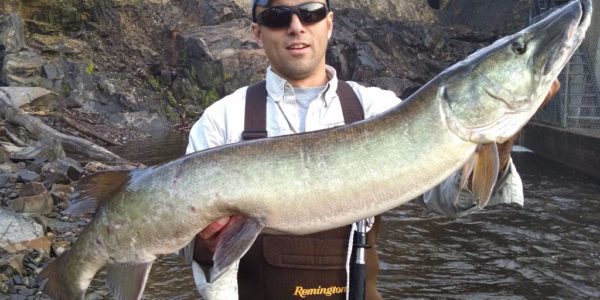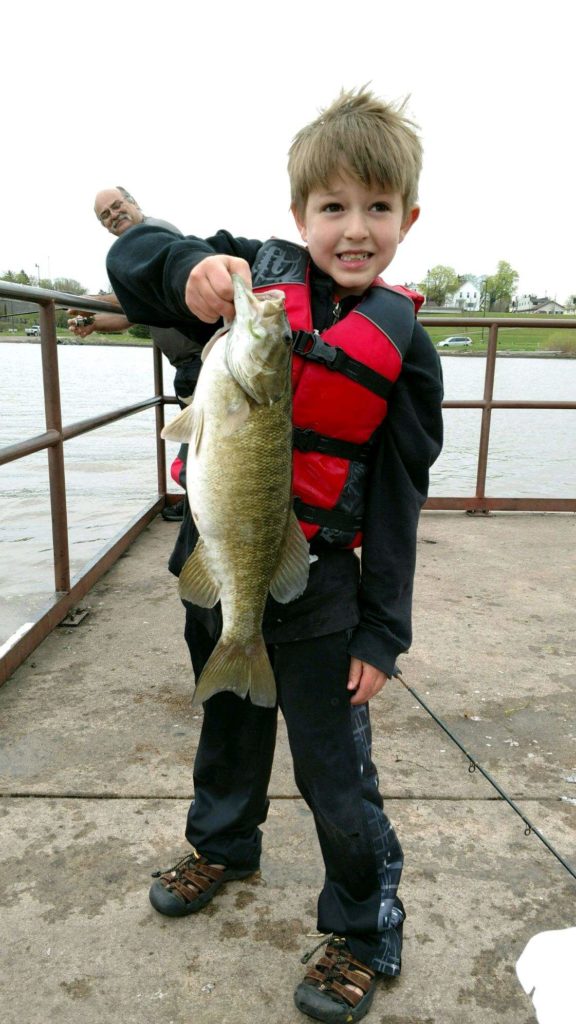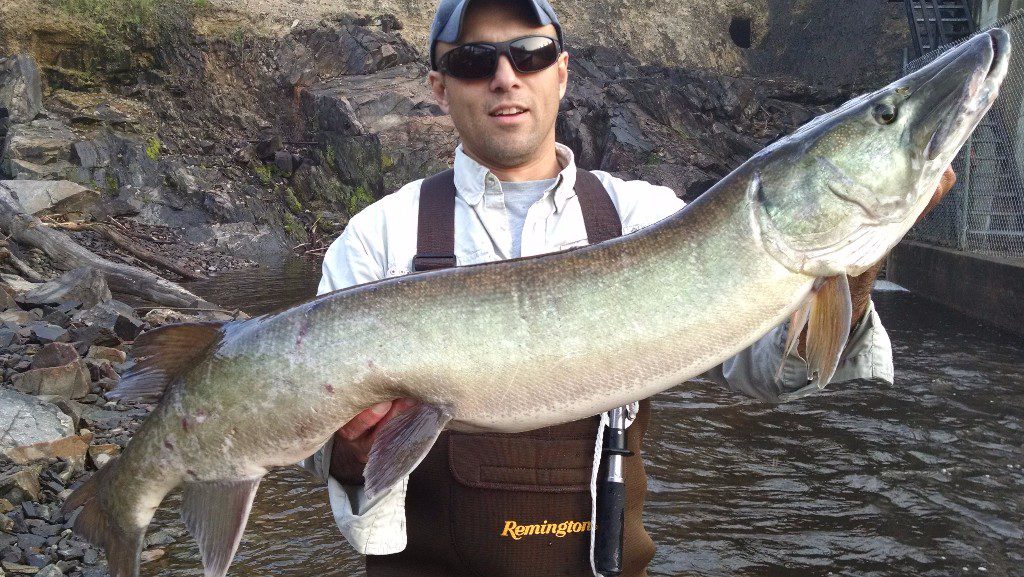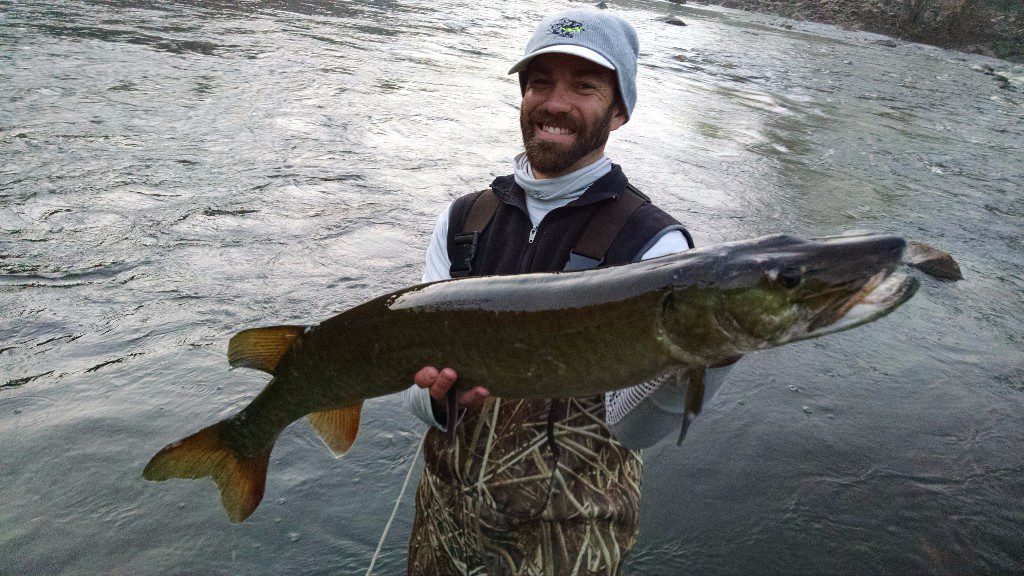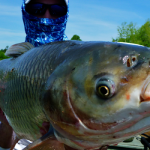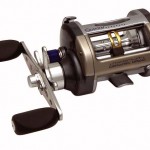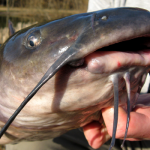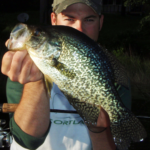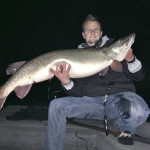By Adam M. Glickman
The progression of spring has been very slow this year. Winter left early, but since then continual cold fronts have stalled out any real warming water trends. As early as the 2nd week of April, we were catching crappies out of 64 F water in lakes in southern MN. Yet, on the northern WI musky opener on the 27th of May, I was catching muskies in rivers that were 55-58 F. Even today (May 30th), as I write this, in southern MN it was cold and cloudy all day and the air temp. never made it out of the 50’s F. It has been an odd spring and I am not sure yet exactly what June will bring for weather and water conditions, though warming weather is in the forecast.
I will write an update to the previous statement and update following information as well, as I am proof reading this before sending out the newsletter on June 8th. The forecast for warmer weather was accurate, and we are in the middle or possibly just the beginning of a very warm extended period of water. Precipitation levels have not been high, water levels are holding stable, and water temperatures are rising quickly across WI and MN.
In May, the panfish and bass spawn was hit or miss as water temps in shallows were up and down so many times with the alternating warm and cold fronts. These fish were frequently in and out with the alternating warm and cold fronts. Bass and panfish that were waiting to spawn, and had not yet reabsorbed their reproductive material, most likely spawned in early June. Some may still be in the process, especially in waters to the north. In June, good size bass and panfish will be in the shallows on warm days, unless the water becomes too warm. Many young small fish will stay in the shallows all year, but larger adults will begin to move out to the weed edges and off shore cover and structure. This will happen once daytime high water temps. are consistently past 70 F.
With rising water temps, daytime walleye action usually gets deeper, except for during low light conditions, at night, and in turbid water. When walleyes are in the shallows (4-12′) relating to cover and structure edges or just cruising expansive flats; minnow plugs, soft plastics, and live bait presentations will all have the potential to be effective. In small rivers, low light brings them out of heavy cover to feed at the edges of holes and near rocks and wood with moderate current. In big rivers, walleyes can be targeted in deep holes under bright skies and shallower under low light as they creep up to feed. Walleyes that are more dispersed usually are best targeted by a mobile presentation, but stationary evening weed edge fishing in June can be tremendous when walleyes are actively cruising for food in good numbers. Such opportunities are excellent for introducing young anglers to walleye fishing, as the simple presentation of a slip float, split shot, hook and leech placed directly on the weed edge is as effective as it gets.
Muskies have been biting good in rivers, especially those with warming water. Both the southern and northern WI musky openers gave up good numbers of fish and some big fish as well. Musky lakes in WI have been giving up action as well, especially when warm weather has caused a good warming trend in the water. The MN musky season will opened the 1st Saturday in June with warming water and decent action. To the far north, it is possible that with all the up and down temperatures in May, muskies may have just recently finished spawning in spite of the hot weather we have been having. In most musky waters, the hot weather streak has kicked the big females out of any post spawn funk, and summer patterns are well on their way to being established. Waters to the far north are not far behind as well. In rivers, muskies are quickly dispersing towards prime foraging areas throughout the system. In lakes, muskies are moving towards favorite main lake points, reefs, islands, other prime cover areas, etc.; or they are already there. Since water temps are now past 70 F on many waters, most presentations will have the ability to be effective. If the topwater bite isn’t in full gear quite yet, it will be very soon. In early summer, muskies are often the most active when the water first stabilizes in the 70-74 F range, this is the phenomenon known as summer peak. If this streak of hot weather continues, summer peak will likely occur in June on most WI and MN musky waters. My approach to this is to start fishing smaller darker shallower more southern waters that warm more quickly, then steadily moving to larger clearer deeper more northern waters as the days and weeks go by. This way, I have the best shot at hitting as much summer peak action as possible.
Water temperatures in trout streams have remained good, but may be getting a bit warm now under current conditions in certain creeks and rivers with less ground water percentage. Finding water at 60 F or less will be the key to finding good action. Activity will remain decent up to 64-66 F, but after that things get pretty tough. Look to the most upstream stretches of trout streams and the small tributaries of larger trout streams for the most ground water and therefore the coolest water during periods of intense heat, as they will produce the best action. The only other make or break factor is water clarity and stream flow. Stable (average) streamflow levels are needed for the best action. Even more important is ideal water clarity, which can be tricky. Muddy water is no good at all, but crystal clear water (while certainly better than mud) is not ideal either as trout (especially the big ones) get very spooky. 1.5-3’ of visibility is my favorite, and it looks like slightly cloudy blue or green water in which I can just make out my lure and cover like logs and rocks, but completely conceals the fish from my sight until they come out and destroy my lure.
Stability is the key to early summer fishing of all types. Water that is turbid from excessive precipitation is not ideal. Water that is warming evenly for extended periods of time is most ideal. Rivers and streams that are maintaining steady height and streamflow will produce the best results.
Ian Swenson and Adam Glickman with nice muskies from the first week of the southern WI musky season.
For more content, including video from Honesty Musky Television, Honest Musky Guide Service, Seminar Topics and Availability, and more articles; visit: www.honestmusky.com
Adam Glickman is an independent agent who shops across 9 different A rated insurance companies to best meet your MN and WI home, renters, auto, life, boat, and commercial insurance needs. For more information, contact Glickman at 612-750-0546 or at adam@lcisagency.com


